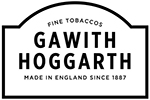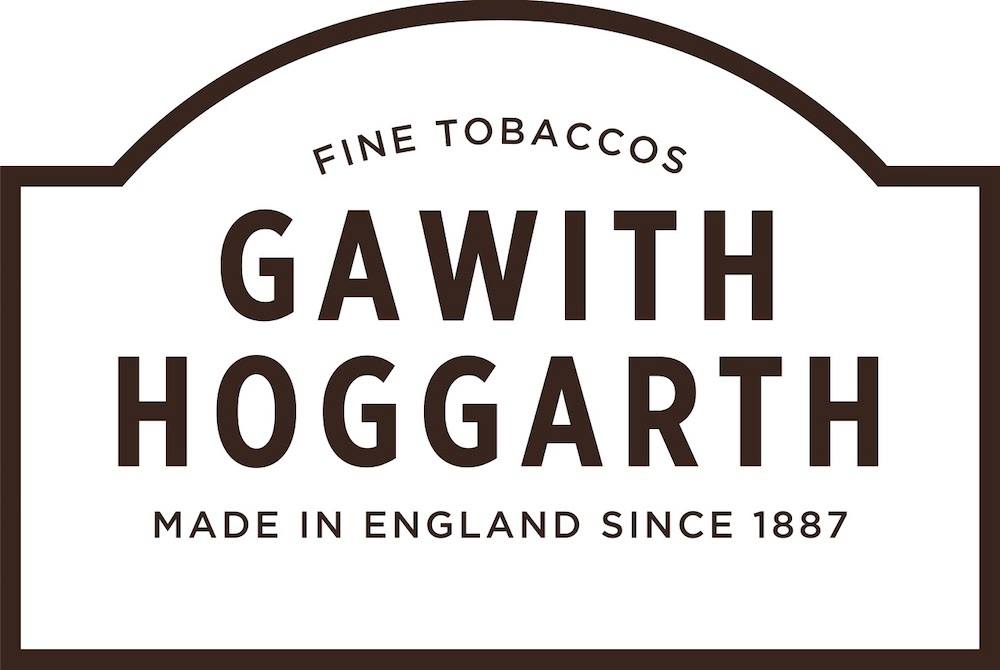Both Samuel Gawith and Gawith Hoggarth & Co can trace their origins back to Thomas Harrison (grandfather of Samuel Gawith the first) and Thomas Brocklebank, who set up a tobacco and snuff business in Kendal back in 1792.

The story of the Samuel Gawith Company and the "Kendal Brown House" begins the same as for Gawith Hoggarth & Co with Thomas Harrison, a local man from Kendal, going up to Glasgow in 1790 to learn the trade of snuff and tobacco manufacture and then returning to Kendal in 1792 with second hand snuff manufacturing equipment, the know-how to re-assemble and operate this and also the recipe for "Kendal Brown" snuff. The snuff grinding machinery was set up in a mill at Mealbank, just outside Kendal and initially the ground tobacco was taken back to Harrison's premises on Highgate, Kendal to be matured, flavoured, packed and sold. But a short while later, a neighbour and chemist, Mr Thomas Brocklebank, proposed to form a partnership and sell the snuff from his well established shop.
Following the death of Thomas Harrison, his son, also called Thomas, took over the business and worked alongside with the older Mr Brocklebank. In around 1830, Thomas Harrison Jr bought 27 Lowther Street to use both as his family home and for the tobacco factory. Thomas Harrison Jr had two daughters, Jane and Ann and in 1838, Jane at just the age of 18 or 19, eloped to Gretna Green to marry a young plumber and glazier from Kendal, Samuel Gawith. Initially her father was against the match, but they clearly reconciled at some point as when he died in 1841, the property at Lowther Street and the business was left to Jane and Ann. Jane and Samuel moved into Lowther Street and Samuel took up the trade of tobacco manufacture and "Brocklebank & Gawith" was born.

In 1842, Jane gave birth to their first child, a son also called Samuel. The couple went on to have 8 more children (two who unfortunately died fairly young) and three of these were to go into the tobacco trade and would all end up running their own tobacco enterprises. When Mr Brocklebank died in the 1840's Samuel assumed full control of the tobacco business. Jane's sister Ann died in 1852 and the company and property passed entirely to Jane and Samuel Gawith. Samuel Gawith became an important figure in the civic life of Kendal as well as a renowned business man and in 1865 became mayor of Kendal. But just a year earlier his wife died and then before the end of his first year as mayor, Samuel also passed away.
Samuel's estate and business was left in trust, with there being three trustees - his son Samuel (II), his friend and neighbour, Henry Hoggarth and a travelling sales representative for the company, John Illingworth. In effect, the tobacco company was run by the two brothers - Samuel (II) and John Edward and became known as ‘Samuel and John Edward Gawith, Tobacco and Snuff Manufacturers’. At this time the business included the mill at Mealbank and the factory and home at Lowther Street.

Just two years later, John Illingworth left the company, after around 12 years of service, to set up his own rival company, also within Kendal. But the Gawith partnership continued and flourished for another ten years until the year 1877 when there was an agreement of separation with Samuel Gawith (II) being given the choice of either the snuff mill at Mealbank or Lowther Street. He chose the mill and took over this along with all the snuff making machinery and his company became 'Samuel Gawith, snuff manufacturer', while John Edward stayed on at Lowther Street and concentrated initially on tobacco production, mostly twist.
Samuel soon out grew the premises at Meal Bank and commissioned the building of a purpose built factory at the site of the old canal terminal, just on the opposite side of the river Kent to the Lowther Street factory. This new factory was named the 'Kendal Brown House' in recognition of the company's most famous brand and was opened in 1881.
In the meantime, John Edward Gawith had attempted to expand into snuff manufacture and acquired a large, water driven mill at Low Mills, on the edge of the River Kent in Kendal. But he then went bankrupt and the business good will, trademarks and recipes were all sold back to Samuel Gawith. Samuel Gawith (II) then operated out of both Lowther Street and the Kendal Brown House for a couple of years, although he did not own the Lowther Street property or the machinery and likely just rented it.

Samuel had gone on to marry a lady of Scottish origin and they had 5 children, 4 girls and a boy called Samuel. Unfortunately in 1886, at the young age of 44, Samuel Gawith (II) died. As his infant son was only 2 years old, the company was put in trust until Samuel Anderson Gawith (III) attained majority and took over in 1905.
The company prospered and saw an increase in demand during World War 1, meaning that by 1918, Samuel Gawith was ready to expand. A new factory was built on Sandes Avenue in Kendal, opening in 1920 and all the machinery from the Mealbank mill was moved here, now to be powered by electric and not water. The Kendal Brown House continued to house the offices, packing department and was where much of the tobacco and snuff was finished.

In 1930's Samuel Gawith's expanded further, taking over the Penrith based tobacco firm of Messrs William Nevinson, who had their snuff machinery in an old mill at Eamont Bridge. The tobacco business and other premises were not kept but the mill was kept for snuff production. This expansion meant that the company needed a cash injection and in 1929 shares were sold to Mr Derek Dakeyne-Cannon, who's mother was sister of Samuel Gawith (III). He became managing director, with Samuel Gawith (III) becoming chairman.

The 1930's were difficult times for smaller tobacco firms as cigarettes became more popular and larger tobacco companies gave away coupons to persuade people to buy their products. As a consequence, Samuel Gawith decided to concentrate only on snuff production and to bring all the production under one roof. The Kendal Brown House was expanded and in 1937, Samuel Gawith closed down the mill at Eamont Bridge and vacated the factory at Sandes Avenue, once again dismantling and re-assembling all the machinery at the Kendal Brown House.

Samuel Gawith (III) died in 1953 and his widow, Louie, became Chairman. In 1961 Mr Dakeyne-Cannon died and his widow, Mrs D.M Dakeyne-Cannon was made a director and remained in charge until her death in 2008 at the age of 101. Her niece and nephew-in-law came on as directors at some point but having no real interest or connection with the tobacco trade and not being from the area, in 2015 they opted to sell the company. The business name, goodwill, trademarks and some machinery were bought by Gawith Hoggarth & Co, once again bringing the famous Gawith snuff and tobacco companies under one ownership. Some of the machinery and several of the staff also made the move to Gawith Hoggarth's factory on the Lake District Business Park in Kendal. The Kendal Brown House was sold to a local printing company for development.
Samuel Gawith is now a brand produced under the Gawith Hoggarth & Co name.

 Please verify your age
Please verify your age